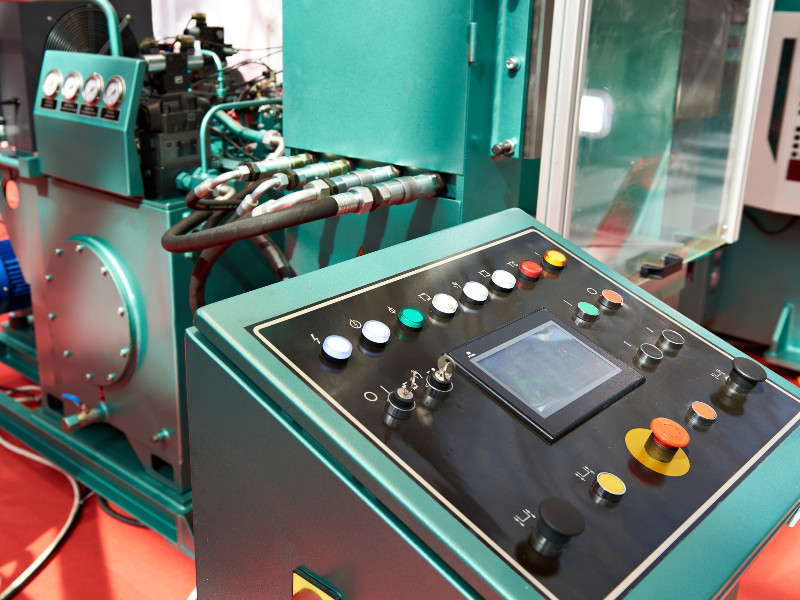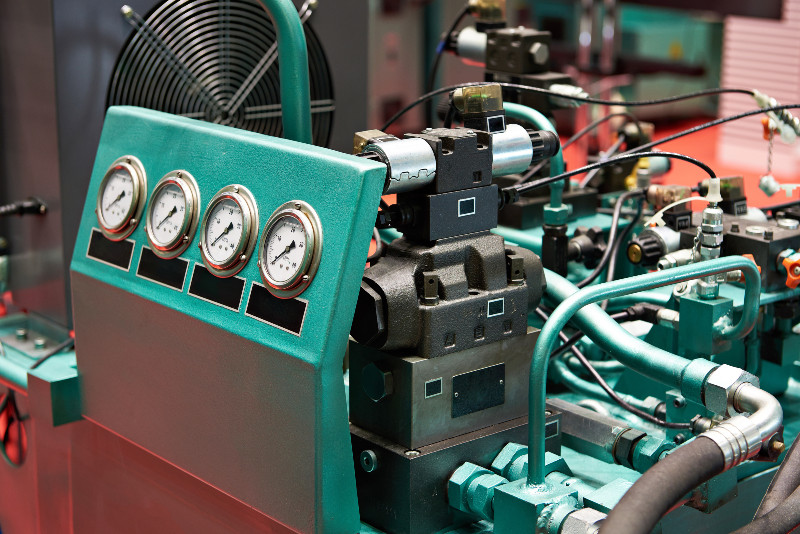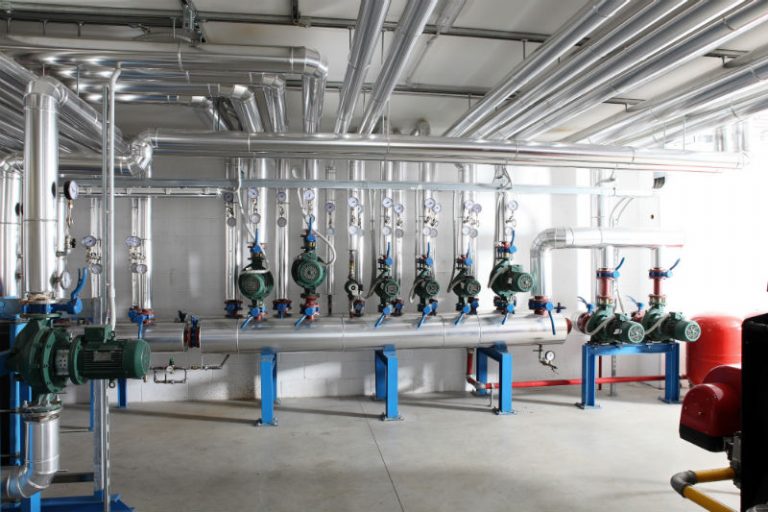Hammer mills are frequently used grinding mills, which are made of a set of hammers hinged on a shaft. These hammers are encompassed by a metal case. Its impact can reduce the size of a product. the materials which you want to be milled, sometimes, can be stuck by rectangular pieces of hard steel. Such hard steel rotates at high speed within the chamber. Hammers, which are radically swinging, can move at a high angular speed that causes a brittle fracture in the feed materials. If you want to know more about hammer mill machinery in India, keep reading this blog.
how does it work?
Hammermills can crush materials into two steps. These steps are:
• Reducing the size of a material that occurs by dynamic impact
• Sizing is caused by attrition and shear in the second zone where you can find small clearance between the hammer and the screen bar. These clearances generate a particle ranging from 15 to 50 µm.
Broadly, hammer mill machinery in India is classified into two categories. These two categories are:
• Reversible type of hammer mill
• Non-reversible hammer mill
The above classification is based on the direction of the rotor. Router direction refers to the clockwise direction, Anti-clockwise direction, or in both directions. Both reversible and non-reversible hammermills work similarly. However. their structure and construction differ from each other in many respects.
Benefits of hammer mills
• Offers specified top size and does not need a closed-circuit crushing system
• Delivers comparatively various size distributions having a minimum of fines du- to self-classification
• Contains a high reduction ratio and high capacity
You can find many other utilities of hammer mill machinery in India. These are very demanding in the manufacturing sector.


